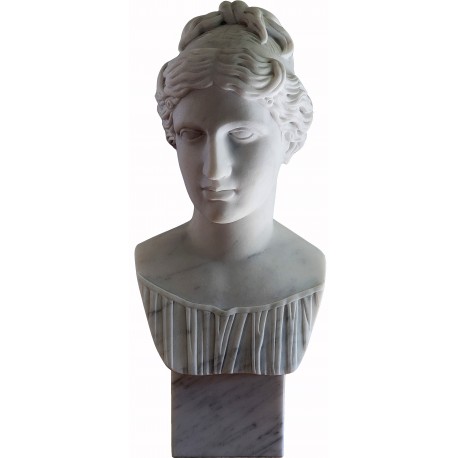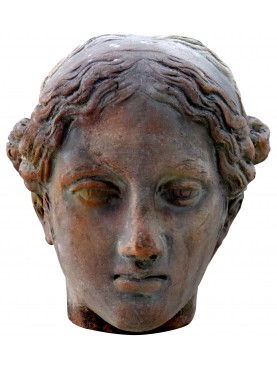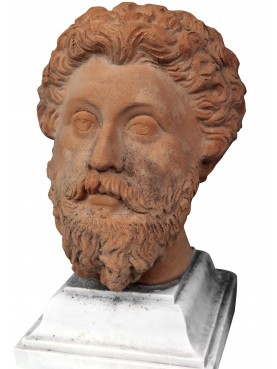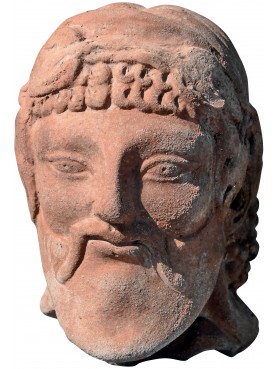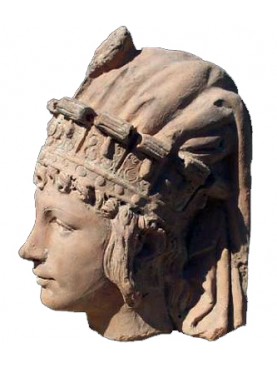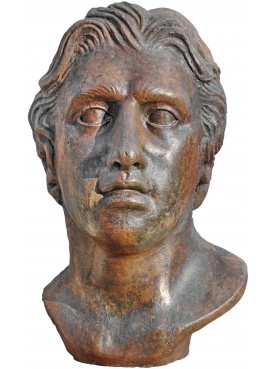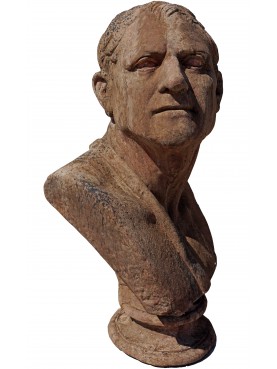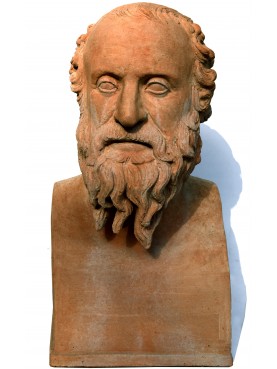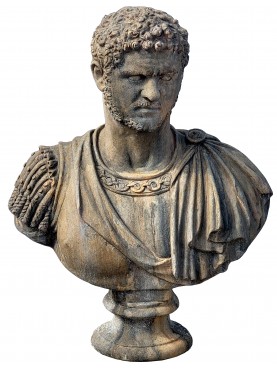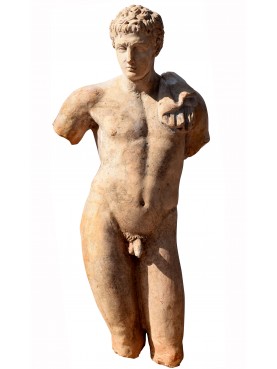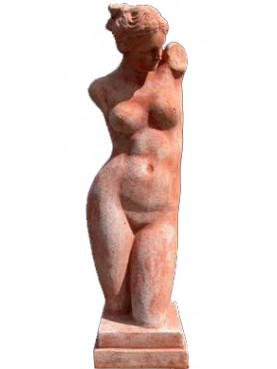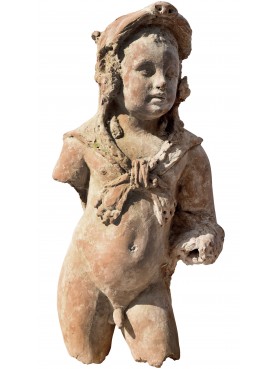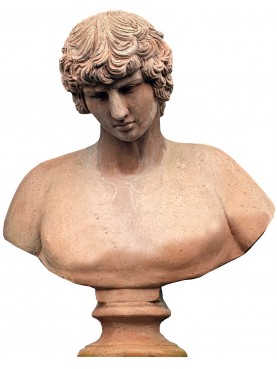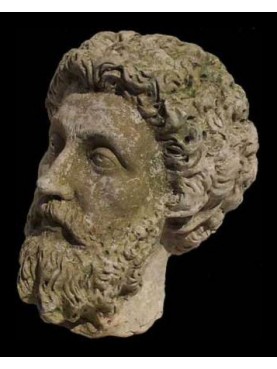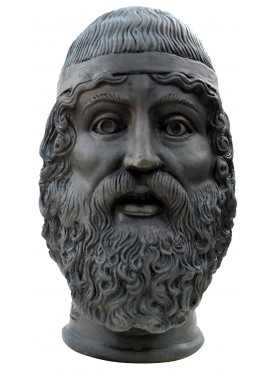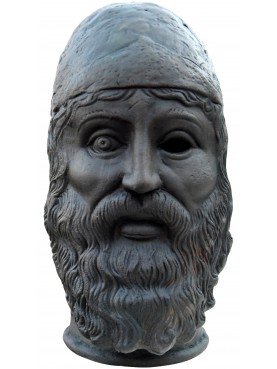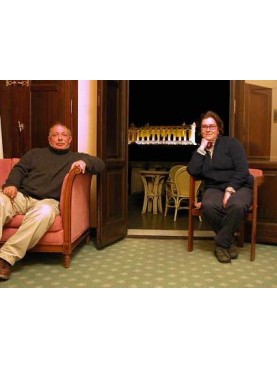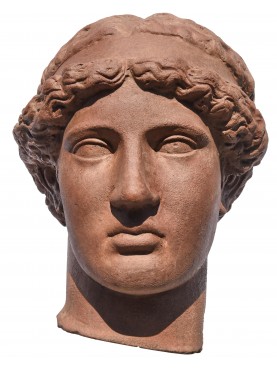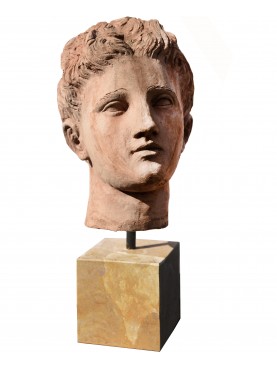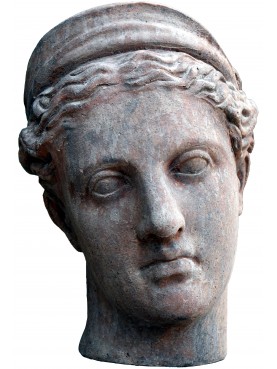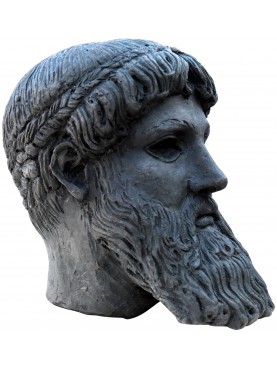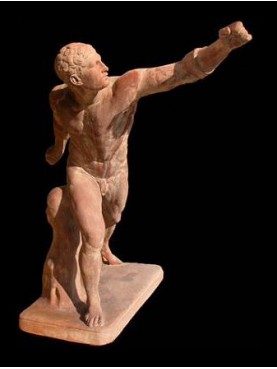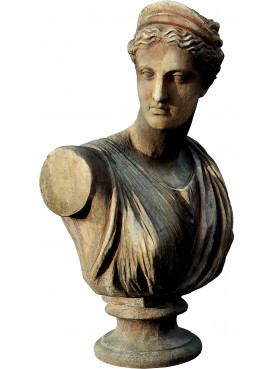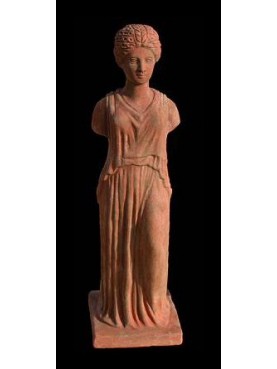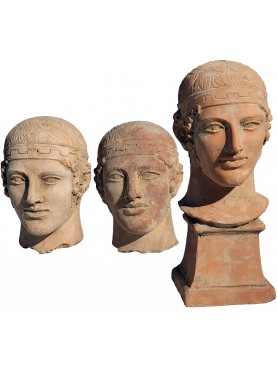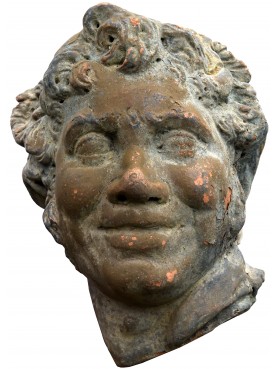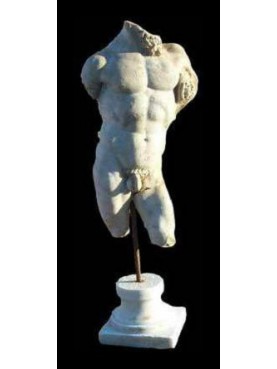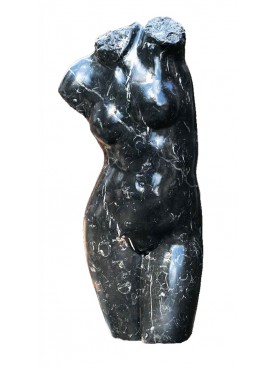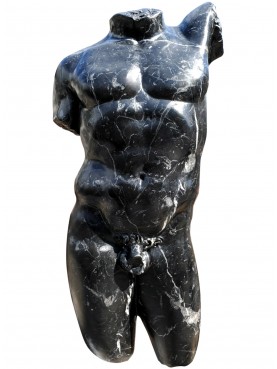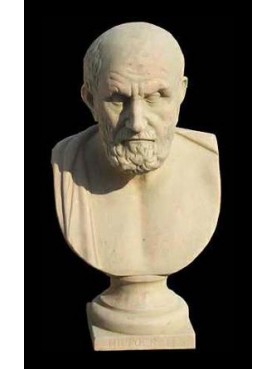Venere Medici - head in white Carrara marble
Venere Medici - head in white Carrara marble
New
1 Available
Data sheet
| Height | 14.17 in | 36 cm |
| Width | 7.87 in | 20 cm |
| Depth | 7.48 in | 19 cm |
| Weight | 33.07 lbs | 15 Kg |
| Maximum projection | 17.32 in | 44 cm |
| Base of the statue | 4.72 in X 3.94 in | 12 X 10 cm |
| Place where the original is exhibited | Galleria Palatina Firenze | |
| Historical period | 1st century BC | |
| Manufacturing | Recuperando srl | |
| Material | White Carrara marble |
More info
The statue, a modest Venus, is inspired, like the other variants of the theme, by Praxiteles' Aphrodite cnidia, with particular similarities with the Capitoline Venus. The work arrived in Rome at an unspecified time in antiquity and perhaps decorated Villa Adriana in Tivoli. In the Renaissance, with the collecting fever of the great families present in the city, it was probably purchased by the then Cardinal Ferdinando de 'Medici to be exhibited in Villa Medici, even if the first certain documentation dates back to 1638. In 1677 it was brought to Florence by Cosimo III, who despite his reputation as a "bigot", did not hesitate to place the beautiful naked goddess in the Tribuna degli Uffizi. Since then he has occupied a privileged place in the gallery's collection of ancient statues.
Symbol of ancient beauty in the neoclassical period, it was admired by Napoleon, who specifically asked to see it during his short stay in the city in 1796. After the conquest of Italy and the transfer of artistic assets to Paris (1803), Venus was among the the first works to be taken away by the Napoleonic spoliation of the Grand Duchy of Tuscany. (1803), but was recovered with the Restoration (1815). The French from 1821 consoled themselves with the arrival of the Venus de Milo at the Louvre, which was the subject of a "sponsorship" planned by the authorities to celebrate its beauty and make people forget the Florentine statue, despite the fact that it lacked the limbs. The Italians also earned Canova's Italic Venus, which had been sculpted precisely as compensation for Florence, now preserved in the Palatine Gallery of Palazzo Pitti.
John Ruskin described the Venus de 'Medici in ecstasy ("one of the purest and most elevated incarnations of woman ever conceived"), but Charles Martin Robertson, in A History of Greek Art (1975) reduced its artistic value, tarnishing its fame.
The work portrays Venus in the bathroom, in the modest position. On the base is the signature of "Cleomenes, son of Apollodorus", but it is not clear whether it is the original author or a copyist. The posture is also reminiscent of that of the Capitoline Venus. On the left leg are placed a cupid on a dolphin and a swan, which serve to increase the stability of the whole.
The search for a naturalistic and idealized rendering of the naked female body is evident, which at the time had overshadowed the sacral meanings linked to the figure of the goddess in previous representations. During the 2012 restoration traces of the original gilding were found in the hair and holes in the lobes, from which earrings were to be hung.
Source Wikipedia

